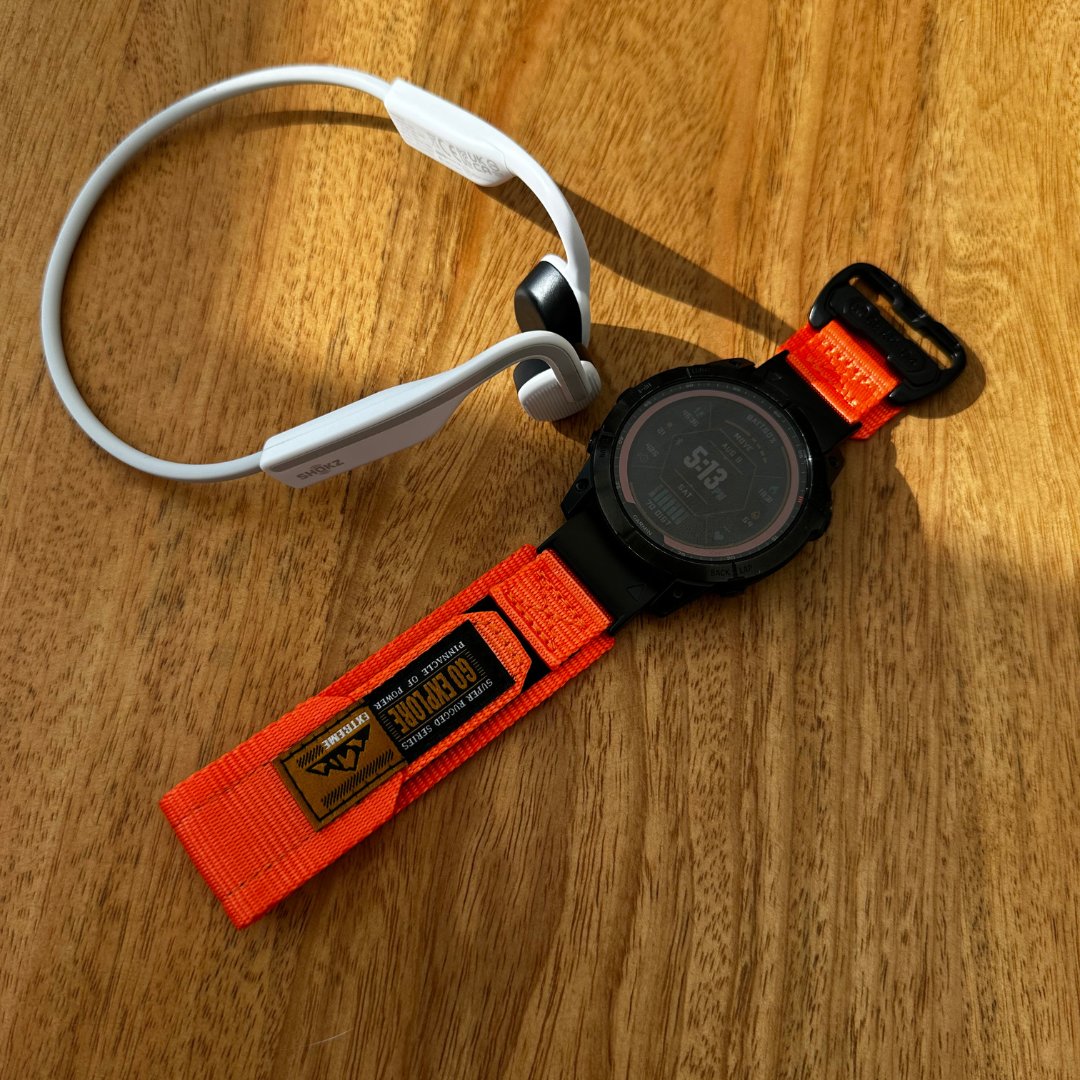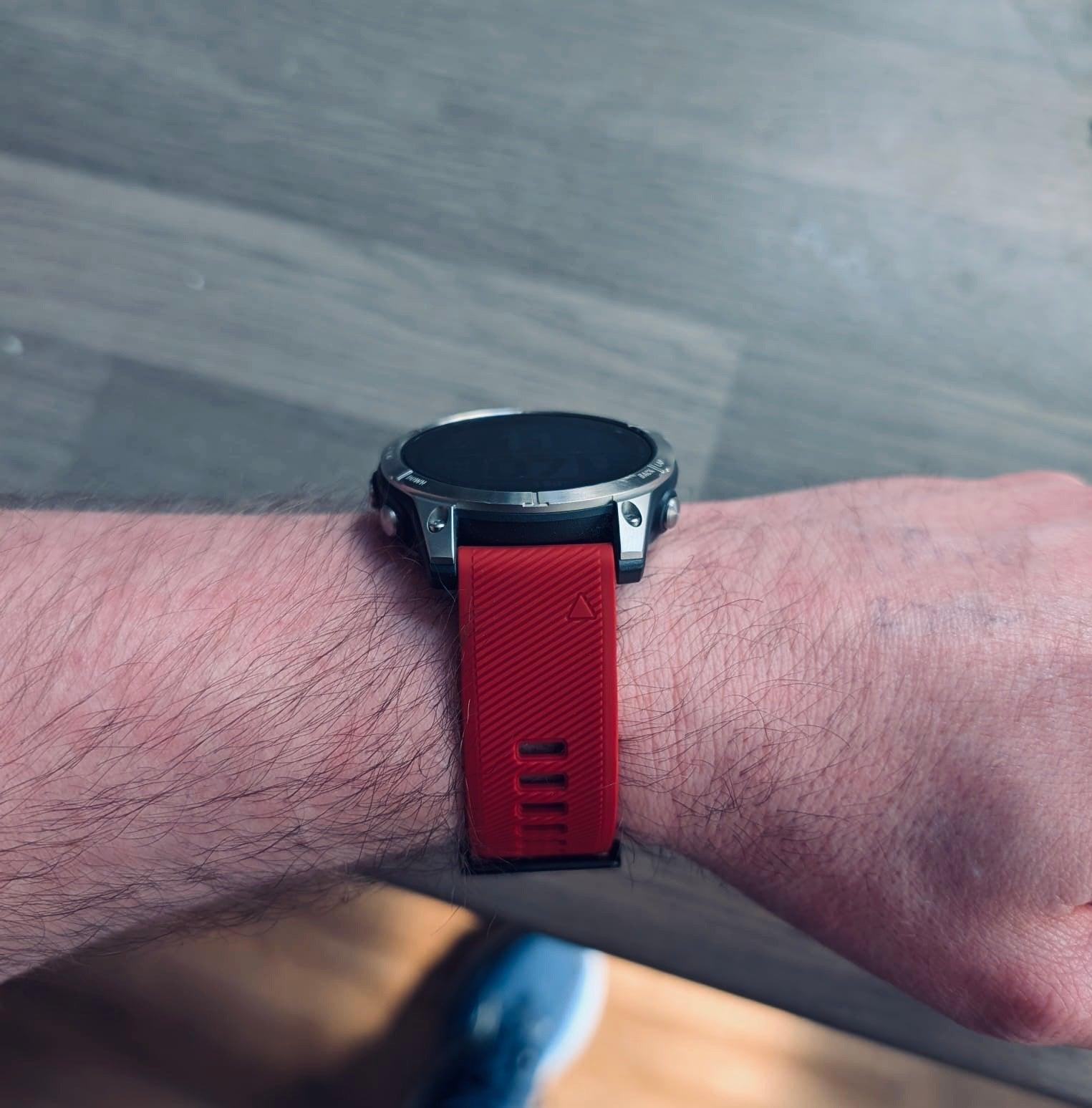When it comes to sports watches, Garmin stands out as one of the most trusted names in the game. Two of its most popular lines—Fenix and Forerunner—cater to athletes, adventurers, and everyday fitness enthusiasts alike. But if you’re deciding between the two, you might be wondering: what’s the real difference, and which one should I go for?
Let’s break it down.
1. Purpose & Audience
Fenix: Built for multisport athletes and outdoor adventurers. The Fenix range is rugged, premium, and feature-packed, offering advanced navigation, outdoor tracking, and durability. It's designed to handle hiking, trail running, skiing, and even diving.
Forerunner: More streamlined and fitness-focused, the Forerunner series is geared towards runners, cyclists, and triathletes. It emphasises performance metrics, training readiness, and sleek design for everyday use.
2. Design & Build
Fenix:
-
Premium materials like sapphire glass, titanium, or steel.
-
Chunkier and heavier, with a bold wrist presence.
-
Built to military standards for thermal, shock, and water resistance.
-
Often includes solar charging options.
Forerunner:
-
Lightweight, mostly plastic construction (great for running).
-
Sleeker, more minimalist look.
-
Better for those who want to forget they're wearing a watch.
3. Features & Performance
Shared features across both ranges often include:
-
Multi-GNSS (GPS, GLONASS, Galileo)
-
Heart rate tracking
-
VO2 Max
-
Training Load & Recovery Time
-
Smart notifications
-
Garmin Pay
-
Music storage on selected models
Fenix-specific perks:
-
Topo maps & ski maps built-in
-
Superior battery life
-
Tactical modes (on select models)
-
ABC sensors (altimeter, barometer, compass)
-
Higher waterproofing standards
-
Solar variants with extended battery
Forerunner-specific focus:
-
Lighter on the wrist for long runs
-
Faster UI on some models (e.g. Forerunner 965)
-
AMOLED display on newer models
-
Often cheaper for similar fitness metrics
4. Battery Life
Fenix models lead the way with battery longevity, especially in Expedition and Battery Saver modes. With solar editions, you can stretch GPS tracking for ultra events or multi-day hikes.
Forerunner watches also have excellent battery life, especially in GPS mode, but typically less than Fenix due to the slimmer design and smaller batteries.
5. Price Comparison
-
Fenix: Premium price tag (£500–£900+) depending on material, solar edition, and features.
-
Forerunner: More budget-friendly options available, from entry-level models (like the 55 or 165) to high-end multisport ones (like the 955 or 965), ranging roughly £150–£600.
6. Who Should Choose What?
-
Choose Fenix if:
-
You’re an outdoor enthusiast or adventure racer.
-
You want built-in maps and navigation features.
-
You prefer a rugged, all-purpose watch that can handle anything.
-
You value premium materials and design.
-
-
Choose Forerunner if:
-
You’re primarily a runner, cyclist, or triathlete.
-
You want a lightweight, comfortable training tool.
-
You’re focused on training performance over rugged features.
-
You want a great value at a more affordable price.
-
The Verdict
Both the Garmin Fenix and Forerunner series are exceptional—there's no wrong choice. It all comes down to your lifestyle, training goals, and what kind of activities you want your watch to support.
If you’re conquering mountains and ultramarathons, go Fenix. If you're chasing PBs on the road or in triathlons, go Forerunner.
Looking for a Garmin Forerunner Strap or Garmin Fenix Strap? Check out our Collection at The Time Club Today







Share:
How to Find Out Which Apple Watch Size You Have
Top Tips and How to Use Your Apple Watch Without Your iPhone Nearby